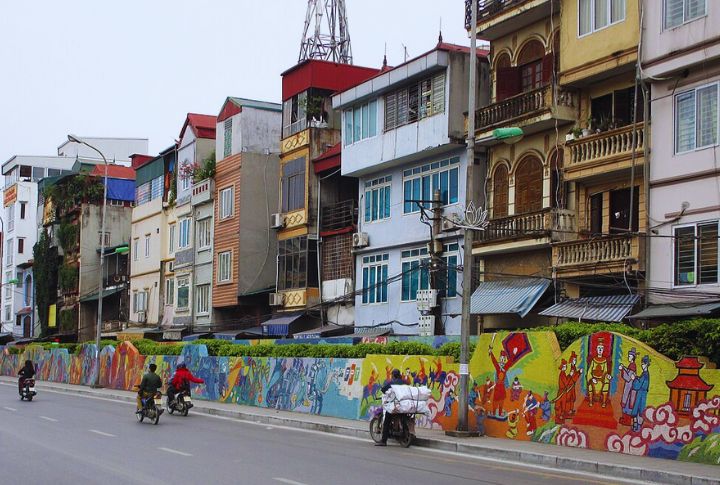
Art rarely happens in a vacuum. It comes alive when people bump into each other to argue a bit and swap stories that end up on canvas or in song. Curious where that kind of messy, loud, brilliant energy gathers? These 20 cities don’t just get it—they live and breathe it daily.
Florence, Italy

In 1504, Michelangelo’s “David” was hauled through Florence to stand outside the Palazzo Vecchio. Five centuries later, sculptors still work in Oltrarno workshops using traditional techniques. These traditions are taught at the Accademia di Belle Arti, founded in 1563, while the Uffizi Gallery hosts contemporary art exhibitions alongside Renaissance masterpieces.
Paris, France

La Ruche in Montparnasse, once home to Chagall and Modigliani, continues to support contemporary talent in its studios, working across various media. Paris has legalized certain zones for street talent since 2001. Thus, Canal Saint-Martin’s tunnel now features rotating exhibits curated by collectives like Le MUR.
Berlin, Germany

Before Berlin became an art-world magnet, creatives took over empty East German buildings in Mitte and Kreuzberg. One standout was Tacheles, a former squat that evolved into an iconic gallery space before its eviction in 2012. Today, Haus der Statistik carries that legacy, while the Berlin Biennale keeps the city’s radical energy alive.
Barcelona, Spain

El Raval’s MACBA (Museum of Contemporary Art) plaza is a hotspot for street artists and skateboarders. After Franco’s fall in 1975, street art turned political. Now, Taller de Musics and Nau Bostik support hybrid creatives who fuse jazz and urban visual culture. Even the facades carry a conversation, especially those coated in wheat paste.
Istanbul, Turkey
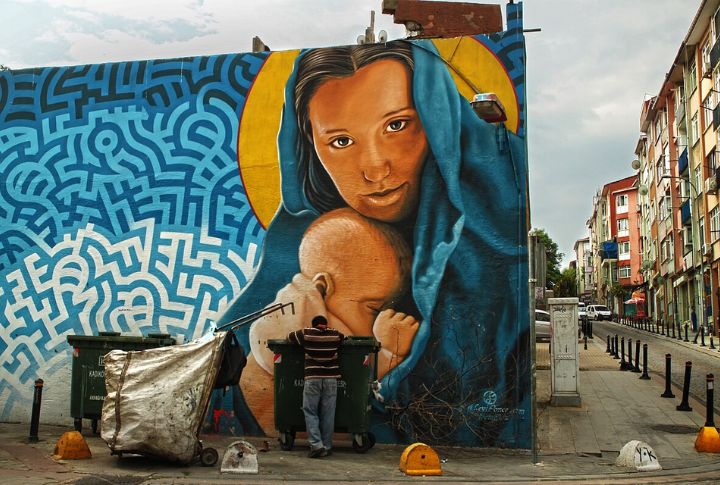
On backstreets in Kadikoy, murals of protest bloom overnight. Istanbul’s 2013 Gezi Park protests sparked a wave of socially engaged art still alive in galleries like DEPO. Moreover, the Istanbul Modern Museum, relocated to Beyoglu in 2023, promotes Turkish talent experimenting with calligraphy and practicing Ottoman styles.
Lagos, Nigeria

Victor Ehikhamenor’s journey began in Lagos, sketching inspiration from colorful Nollywood posters long before his mixed-media portraits reached the Venice Biennale. In 2016, Art X Lagos broke ground as West Africa’s first international art fair. Meanwhile, spaces like the Rele Gallery and the Treehouse continue to nurture fresh voices in contemporary African art.
Cairo, Egypt
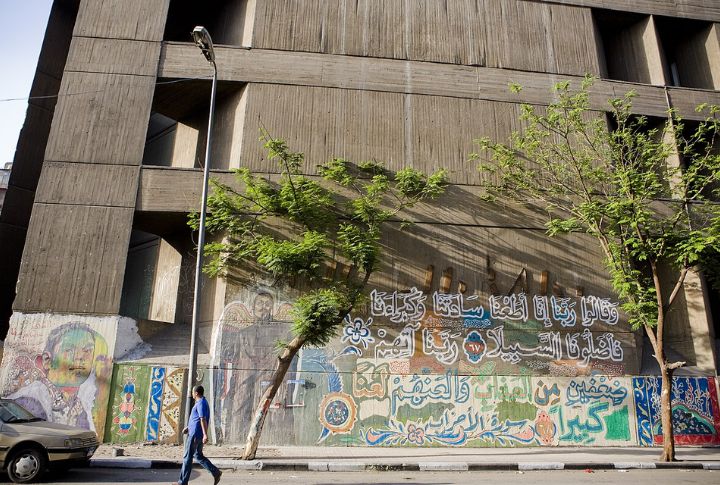
Past the Nile corniche, the Townhouse Gallery still holds space for artists pushing against censorship. During the 2011 revolution, Mohamed Mahmoud Street became an open-air archive of murals and martyrs. This has brought activism to life through Arabic calligraffiti, led by maestros like Ganzeer, who blends typography, keeping Cairo’s creative pulse steady.
Mumbai, India
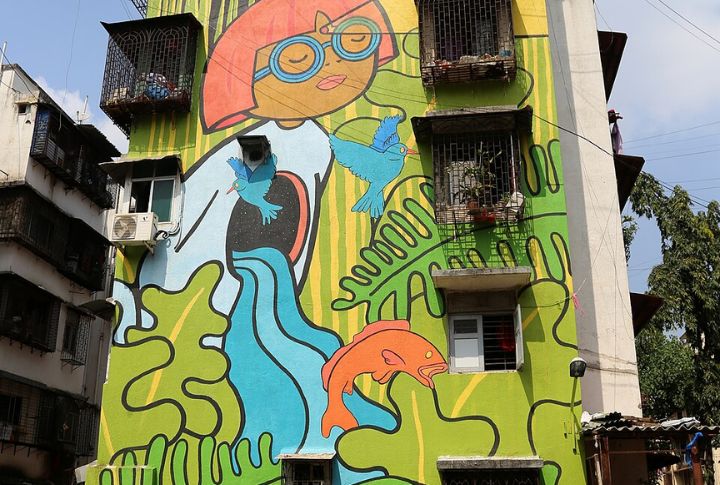
In Dharavi, Mumbai’s informal settlement, community muralists utilize walls as their canvases. Their sanctuary, The Kala Ghoda Arts Festival (since 1999), draws around 100,000–150,000 visitors. Plus, who can forget the studios in Lower Parel that sit beside textile mills turned into performance venues? Artists here find inspiration in Bollywood tropes and traffic noise.
Seoul, South Korea
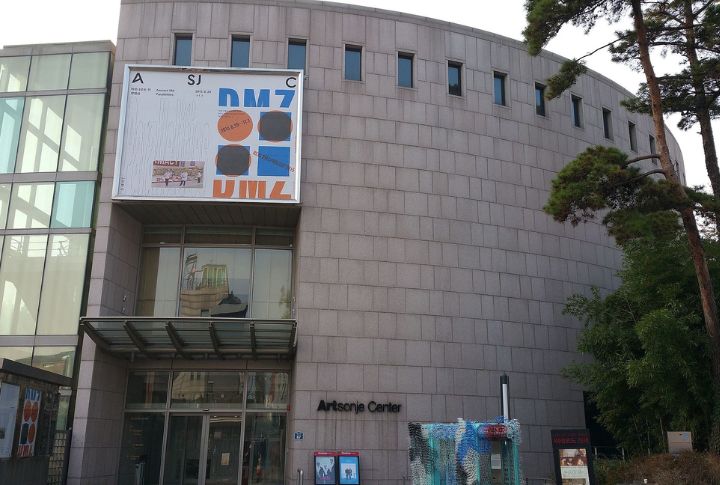
Neon signs and hanbok patterns share the same gallery walls in Itaewon. Art Sonje Center is one of many that champions conceptual Korean artists like Kimsooja. Plus, warehouse shows near Mullae spotlight graffiti sculptors and digital futurists. All supported by South Korea’s aim to invest around USD 37 billion over five years to become one of the “world’s top five cultural powers.”
Bangkok, Thailand
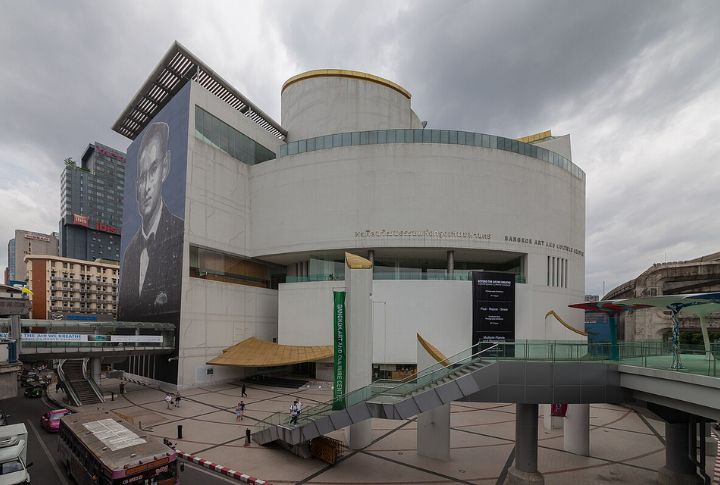
Inside Soi Nana’s narrow shophouses, art bars hum with energy and experimentation. In 2012, collectives like Speedy Grandma emerged, mixing bold visuals with political undertones—especially in the wake of the 2014 coup. At the Bangkok Art and Culture Centre, Kamin Lertchaiprasert’s installations offer quiet reflection, while puppet shows in back alleys still draw loyal, curious crowds.
Melbourne, Australia

Catch a tram through Fitzroy, and you might catch a whiff of turpentine—someone’s probably heading to a laneway wall or a makeshift studio. Creative minds like Ha-Ha and Makatron shaped this scene. After 2000, programs like Creative Victoria fueled residencies, and Gertrude Contemporary moved into a reworked textile factory, letting its industrial bones breathe.
Mexico City, Mexico

Diego Rivera’s first government mural went up in 1923 inside the Ministry of Education. That same spirit pulses through Barrio Alameda, where contemporary talent mixes protest and folklore. Museo Tamayo exhibits conceptual work, but real experiments sprawl across Tepito’s streets—tagged walls, papel picado shadows, and sounds that say: we’re still here.
Sao Paulo, Brazil

After the 1970s military regime censored everything, artists in Sao Paulo carved protest into sculpture and song. The Choque Cultural Gallery boosted Os Gemeos’ international profile. Today, concrete poetry and favela photography push new boundaries—each medium shaped by unique forms of rhythm and resistance.
New York, United States

Spray paint hit subway cars in the ’70s, but the city’s creative blood runs older. The Studio Museum in Harlem nurtured Black artists like Kerry James Marshall, while SoHo lofts became living galleries before the market caught up. Today, that spirit lives on—in Bed-Stuy backyards where artists still gather to share music, print zines, and keep the culture moving.
Bogota, Colombia

Tourism boards didn’t legalize graffiti until after the artist Diego Felipe Becerra lost his life at the hands of law enforcement in 2011. Since then, Bogota has told history in color, with female muralists like Zurik and Gleo painting stories across Chapinero rooftops despite ongoing gentrification. Meanwhile, Museo de Arte del Banco de la Republica remains a pillar of strength.
Accra, Ghana

Tradition doesn’t sit still in Accra. At the Nubuke Foundation, artists shape calabash and clay; it’s a tradition of discovering a new face. Serge Attukwei Clottey pushes that line further using “Afrogallonism,” turning plastic waste into a protest you can wear. Then come the dancers, DJs, and sculptors at Jamestown’s Chale Wote Festival, remixing everything into something alive.
Cape Town, South Africa

The Baxter Theatre staged protest plays during apartheid’s final decade. Years later, Zeitz MOCAA opened inside a converted grain silo, housing contemporary African art under a domed atrium. But outside that glass, artists in Woodstock revive printmaking in garages, stitching trauma and jazz into visual stories.
Lisbon, Portugal

Rents dropped after the 2008 crash, and Lisbon’s warehouses filled with installation curators and architects. Artist Alexandre Farto, known as Vhils, started carving urban portraits using drills instead of brushes. You’ll find MAAT hosting immersive shows inside a former power station, but the soul’s still in Alfama, where fado culture inspires various art forms.
Hanoi, Vietnam

Su Kien Doi Moi in 1986 changed everything—artists could finally explore abstract expression. Nguyen Manh Hung now paints flying rooftops, while DocLab supports experimental film with borrowed cameras. On Phan Huy Ich Street, exhibitions at times take over family homes. The work is raw, and every frame hums a memory wrapped in motion.
Tbilisi, Georgia

Old sanatoriums in Tskaltubo found new life as art communes after the Soviet collapse. Techno clubs pulse through the ruins, doubling as gallery spaces for boundary-pushing work. Nearby, painter Levan Lagidze continues to exhibit—showing how Georgia balances raw experimentation with deep-rooted artistic tradition in one evolving creative hub.
